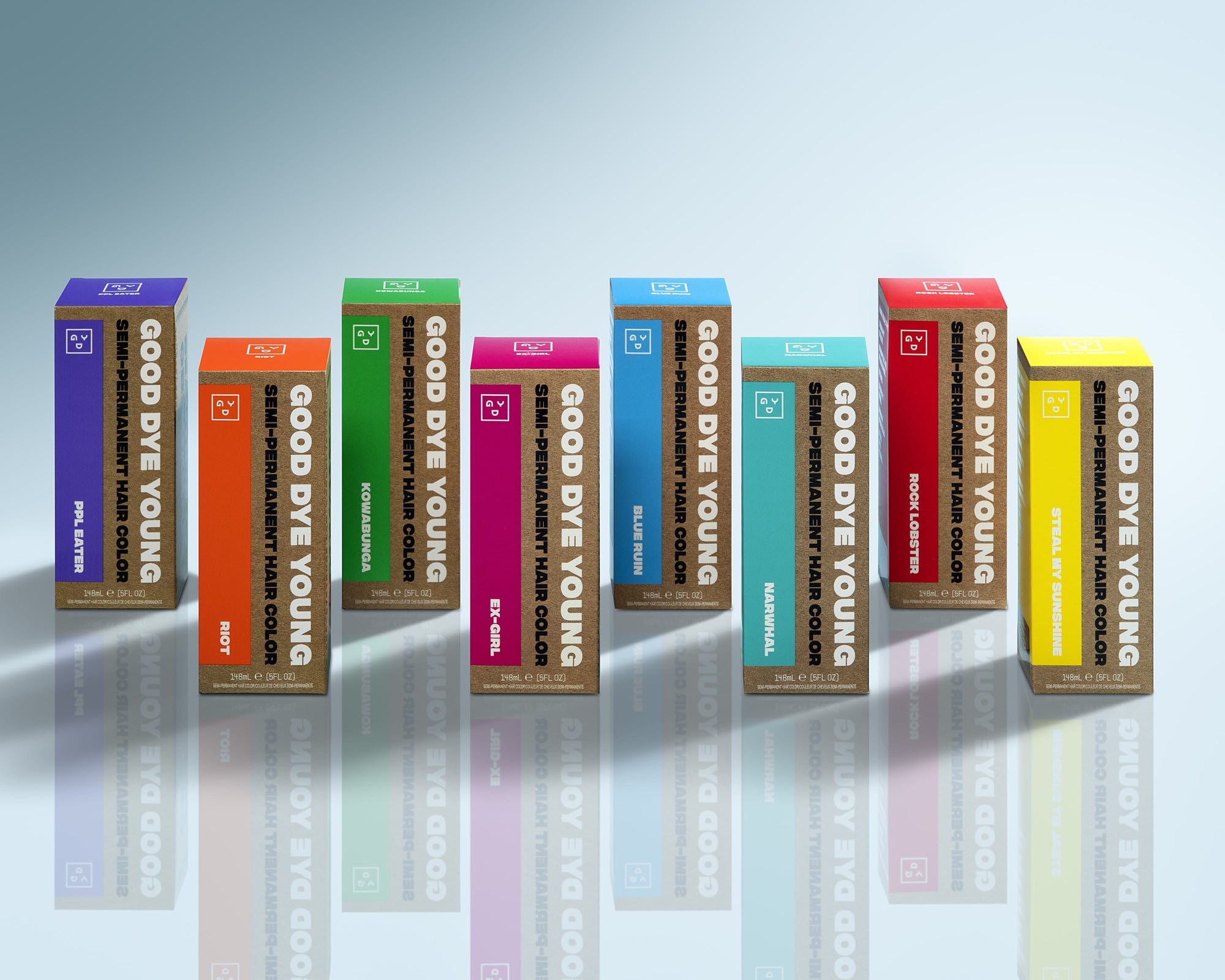
Understanding color theory is the key to achieving your desired results when coloring your hair at home. Color theory comes into play at every step of the color process, from identifying the level and tone of your current hair color to determining how light your hair needs to be before applying your semi-permanent color to calculating the perfect ratio when mixing two shades.
What is the Color Wheel?
Hair stylists use the color wheel to understand the relationships between different hair colors. On the color wheel, you’ll find your two main categories of colors: primary and secondary. Primary colors include red, yellow, and blue. Secondary colors include orange, green, and violet. All of these colors can be mixed together to create more colors, until you reach the center of your color wheel — the home of your browns and grays!
Identify Your Base Color
Your natural hair color (or whatever your current shade is) is your starting point for hair coloring. Understanding your base color will help you to determine the appropriate shades and tones you’ll need to achieve your desired result.
Identify Your Undertone
Just like your skin tone, your hair has undertones that influence how colors appear when applied. Warm undertones (red, orange, yellow) and cool undertones (blue, green, violet) affect how hair colors interact with each other.
Identify Your Color Level
Hair stylists classify color in two ways: level and tone. Understanding the nuances of both will help to achieve the perfect color, every single time. Hair color is typically categorized into levels ranging from 1 (black) to 10 (lightest blonde). Every level has an underlying pigment. At level 6, your hair is red. At level 7, your hair or orange. At level 8, your hair is yellow-orange. At level 9, it’s yellow. At level 10, your hair is pale yellow. Understanding these levels helps determine how light or dark you should go for your color change.
Identify Your Tone
Hair colors can have different tones, such as warm (golden, copper), cool (ashy, platinum), or neutral. Selecting the right tonal balance is essential for achieving your desired hair color result.
How to Mix Color
There are infinite possibilities to play! You can mix different shades and tones to create custom colors that match your desired outcome by understanding how colors blend and interact. For example, layering blue and yellow will give you green! All you need is a tool kit to mix your colors, and the rest is history.
Color Mixes from Fruits Lab Hair Stylist, Alexa
Alexa, GDY Hair Stylist at Fruits Hair Lab, is here to help you experiment, play, and mix your very own color creation.
- 1 part Ex-Girl + 1 part Rock Lobster = Red Hot
- 1 part Blue Ruin + 1 part Rock Lobster = Deep Smoky Purple
- 2 parts Ex-Girl + 1 part Riot


